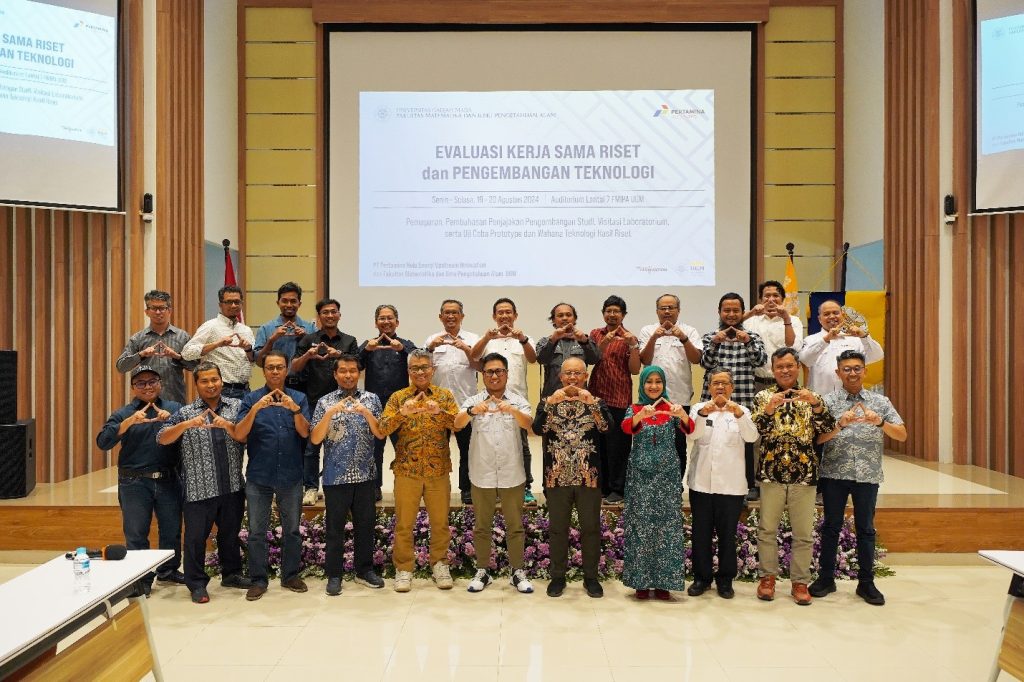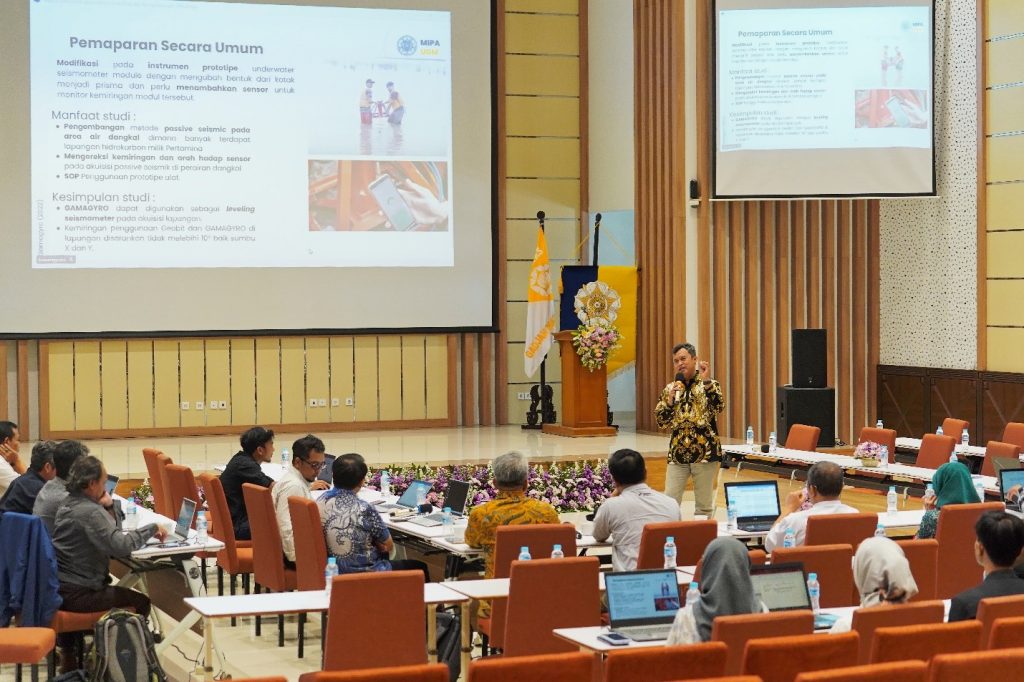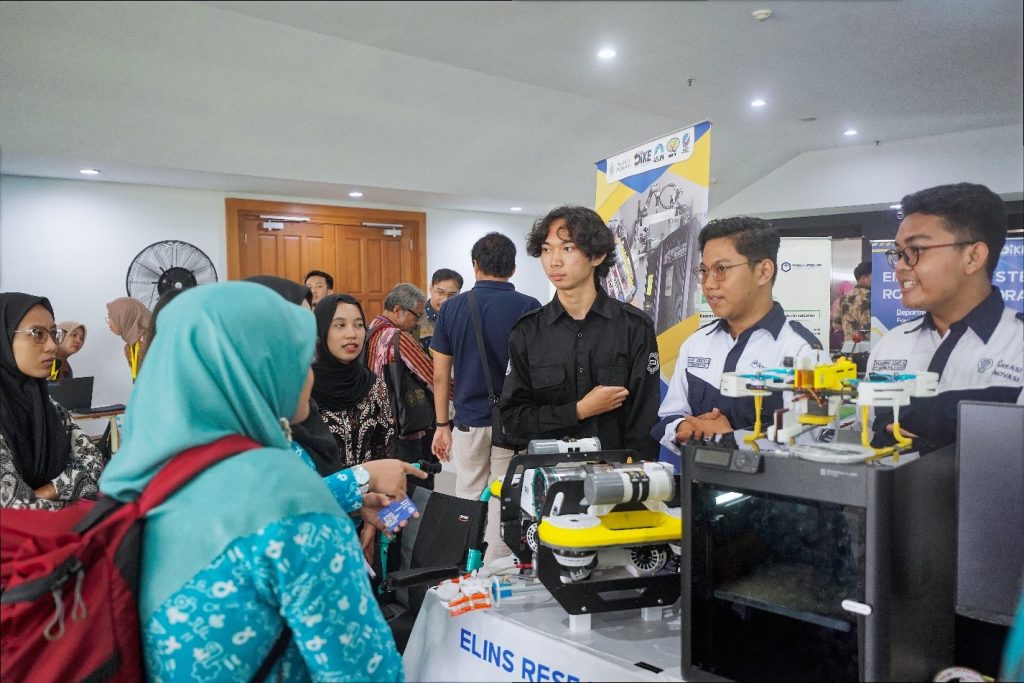
Siap Digunakan untuk Eksplorasi Panas Bumi, Tim Riset Geofisika FMIPA UGM Uji Akhir Alat Drone
Tim Riset Geofisika UGM akan melaksanakan survey dan eksplorasi panas bumi di kawasan Jawa Barat. Sehubungan dengan hal tersebut, Tim Riset Geofisika FMIPA UGM melakukan uji kelayakan terhadap sensor magnetik yang terdapat pada rakitan drone.
Alat sensor magnetik yang dirakit pada drone tersebut digunakan untuk mendeteksi benda magnetik di bawah permukaan bumi seperti potensi bahan tambang yang meliputi emas, nikel, tembaga, dan lain-lain. Pengujian dilaksanakan pada Sabtu, 17 Agustus 2024 di Lapangan Grha Sabha Pramana UGM, Sleman. Tujuan dari pengujian adalah untuk melihat dan mengetahui noise level yang ditimbulkan oleh motor drone terhadap sensor magnetik.
Dalam masa mendatang, alat ini digunakan di lapangan untuk keperluan survey eksplorasi geothermal (panas bumi) serta mendeteksi potensi tambang yang ada di lapangan. Sensor magnetik pada drone ini memiliki keunggulan berupa fitur 6 arah vektor sensor yang membuat hasil pengukurannya lebih detail dan presisi. Selain itu, sensor magnetik yang ada terbilang cukup ringan dengan berat kurang dari 2 kilogram. Di sisi lain, drone ini mampu terbang selama 30 menit.
“Kegiatan pengujian dilakukan untuk persiapan final alat yang akan digunakan untuk eksplorasi panas bumi di daerah Jawa Barat,” papar Pamungkas selaku Koordinator Pengujian Alat
vKegiatan pengujian hasil riset tersebut merupakan cerminan dari SDGs nomor 4 yaitu Pendidikan Berkualitas melalui peningkatan keterampilan dalam menerbangkan drone bagi peneliti serta nomor 9 yaitu Industri, Inovasi, dan Infrastruktur melalui riset dan inovasi dalam merakit sensor magnetik drone.
Penulis: Febriska Noor Fitriana
Foto: Pamungkas Yuliantoro
























